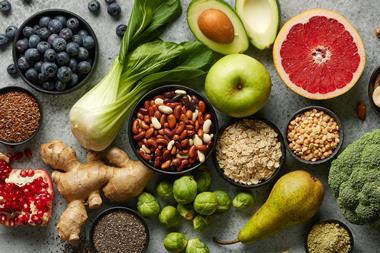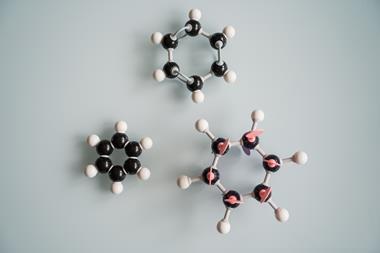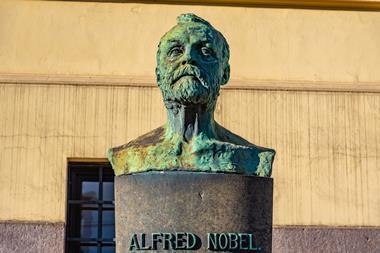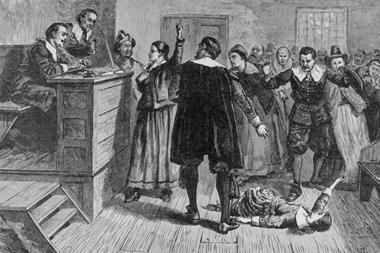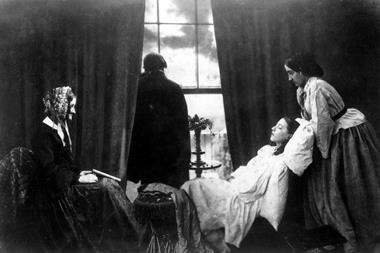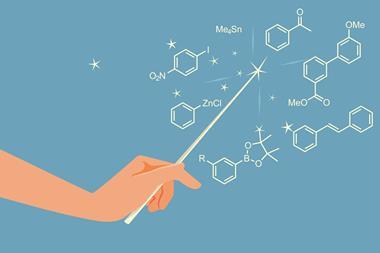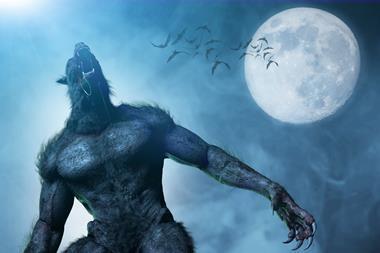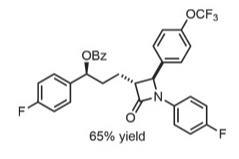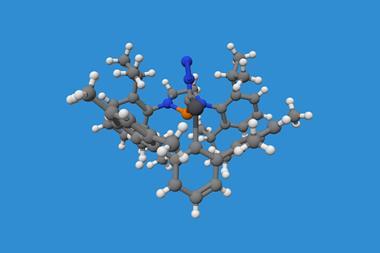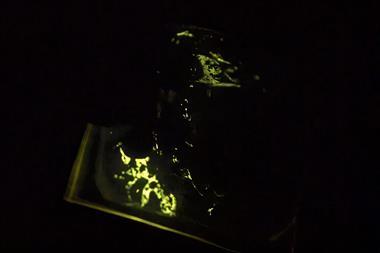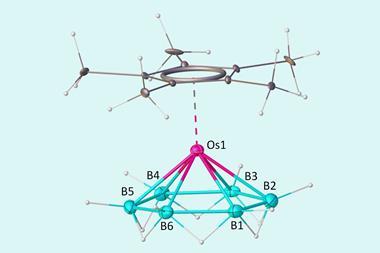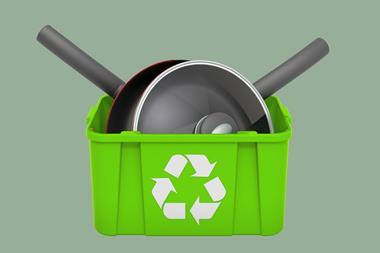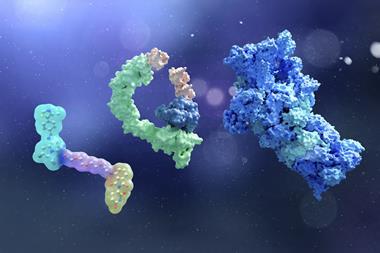Black cats, pointy hats and bubbling cauldrons: witches and magic are pervasive in our fairytales and folklore. But did you know that witchcraft is a very real traditional practice and one that still continues to this day? The concept goes as far back as recorded history and spans cultures around the globe. While some witches were revered in their communities as healers, others were shunned or persecuted for what was perceived as dark magic. Potions, poisons, curses – no matter what name they go by, these concoctions all have their roots in real chemistry that you can see, smell and touch.
In this Halloween-themed webinar – broadcast on 28 October 2025 – we spoke with historian Marion Gibson and phytochemist Michael Wink about the chemistry behind historical witchcraft. During the hour we covered topics including:
- The types of magical healing that accused witches were thought to offer
- The pharmacological base of mind-altering plants and the corresponding secondary metabolites used in witchcraft
- Neurotransmitters, their receptors and the alkaloids which affect them as agonists and antagonists
This event will appeal to those with a penchant for history and the fantastical side of chemistry, academics and enthusiasts alike.
Michael Wink
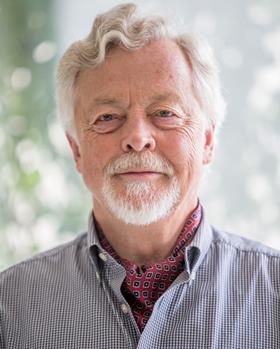
Marion Gibson



